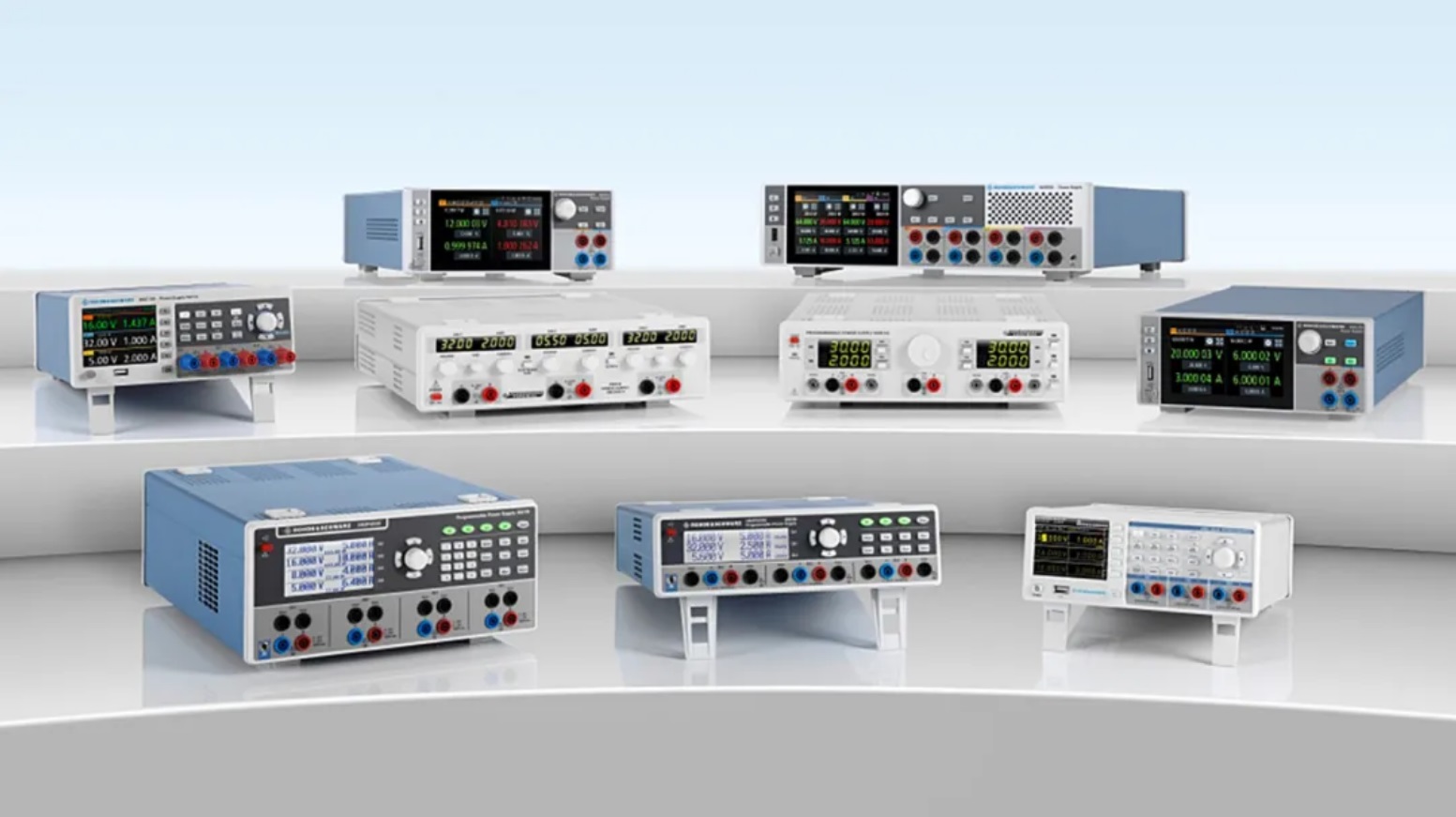-
We’re On Call 24/7 : +8613538296050
-
E-mail : anna@rohoconnector.com
We’re On Call 24/7 : +8613538296050
E-mail : anna@rohoconnector.com
RF Coaxial connectors are widely used in microwave instruments,For example: Wireless Comprehensive Tester,Signal and spectrum analyzer,EMI receiver,Network Analyzer,Oscilloscope,Signal generator,Power meter,Low frequency measuring instrument,DC power supply,ect.
Wireless Comprehensive Tester
The wireless comprehensive tester is a radio frequency and protocol performance test equipment for mobile communication terminals. It has the following test functions:
Mobile RF performance and throughput test
Vehicle eCall and ERA-GLONASS system testing
VoLTE and VoWLAN voice test
Mobile A-GNSS test
POLQA and PESQ voice quality test
IP multimedia service test
Video performance test
IP connection security test
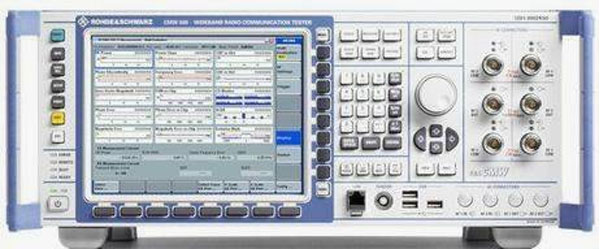
Signal and spectrum analyzer
Signal and spectrum analyzers are instruments and equipment for spectrum analysis and demodulation analysis of input signals. There are the following types:
Professional top-level spectrum analyzer, but also top-level ultra-wideband broadband signal analyzer, with the best performance indicators
General-purpose spectrum analyzer, also a general-purpose signal analyzer
Economical spectrum analyzer, usually with basic spectrum analysis function
Handheld spectrum analyzer, suitable for field test
The basic function of the spectrum analyzer is spectrum analysis, which depicts the power spectrum of the signal in the frequency domain. Another important function is the I/Q vector analysis of signal modulation. The top-level spectrum analyzer has the following functions:
The frequency range of the high-end spectrum analyzer host is DC~90GHz, which can be extended by external mixing for millimeter wave/THz testing
Spectrum test
Harmonic spurious test
Signal level statistical test
Channel power/adjacent channel power test
Noise power test
Intermodulation test
Real-time spectrum analysis
Radar signal analysis
I/Q signal analysis
Analog modem analysis
Digital/vector signal demodulation analysis
Group delay measurement
Power amplifier measurement analysis (distortion, frequency response, group delay)
Noise power ratio NPR measurement
Phase noise measurement
EMI test
Frequency hopping/transient analysis
Bit error rate test
2G/3G/4G/5G all standard communication signal analysis
Aviation navigation signal analysis
In this category of instruments, there are some special instruments for specific test items:
Measurement receiver: a measurement-grade instrument, specially used to measure signal sources or attenuators; built-in integrated power meter, receiver, audio analyzer, modulation analyzer and frequency meter, and optional spectrum analyzer and phase noise analyzer.
Phase noise analyzer and VCO tester: high-sensitivity phase noise measurement instrument and VCO characteristic tester; in the signal phase noise measurement, vector demodulation method or PLL method is adopted, and cross-correlation is optional, which has the highest sensitivity and far Better than the phase noise measurement sensitivity of the spectrum analyzer; built-in multiple DC power supplies, provide VCO power and tuning voltage, and automatically test various characteristic parameters of the VCO.
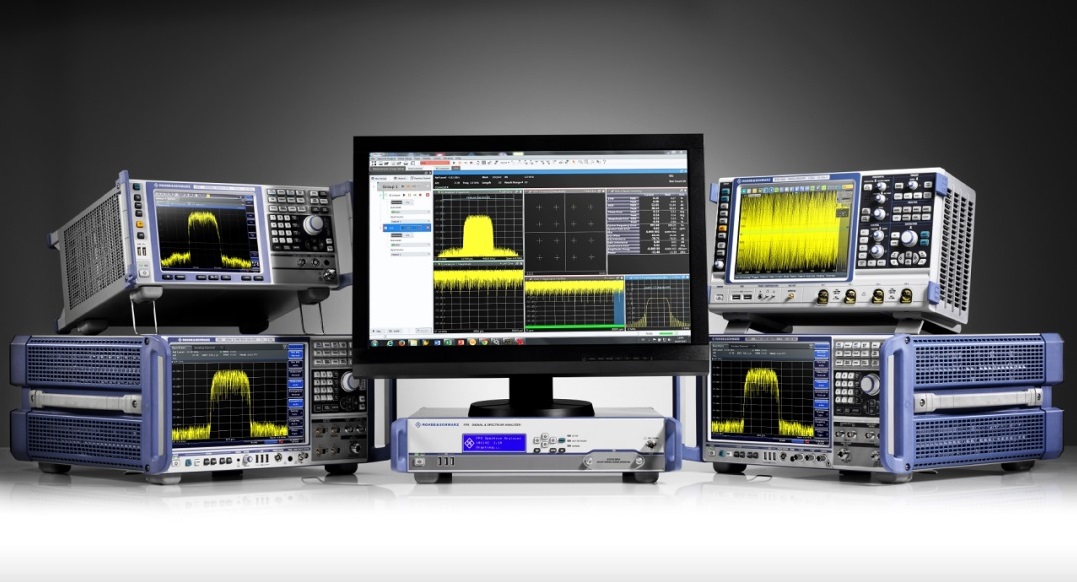
EMI receiver
The EMI receiver is a special receiver for electromagnetic compatibility interference test standards. Its main purpose is to measure and evaluate the interference emission degree of the device under test according to the electromagnetic compatibility standard.
Types of EMI receivers:
Certified top EMI receiver, indicators far exceed the requirements of various EMC standards
Certified general EMI receiver, the index meets the requirements of military and civil EMC standards
Pre-certified EMI receiver, the indicators basically meet the requirements of military and civil EMC standards, usually pulses with repetition frequencies below 10Hz do not meet the requirements of civil standards
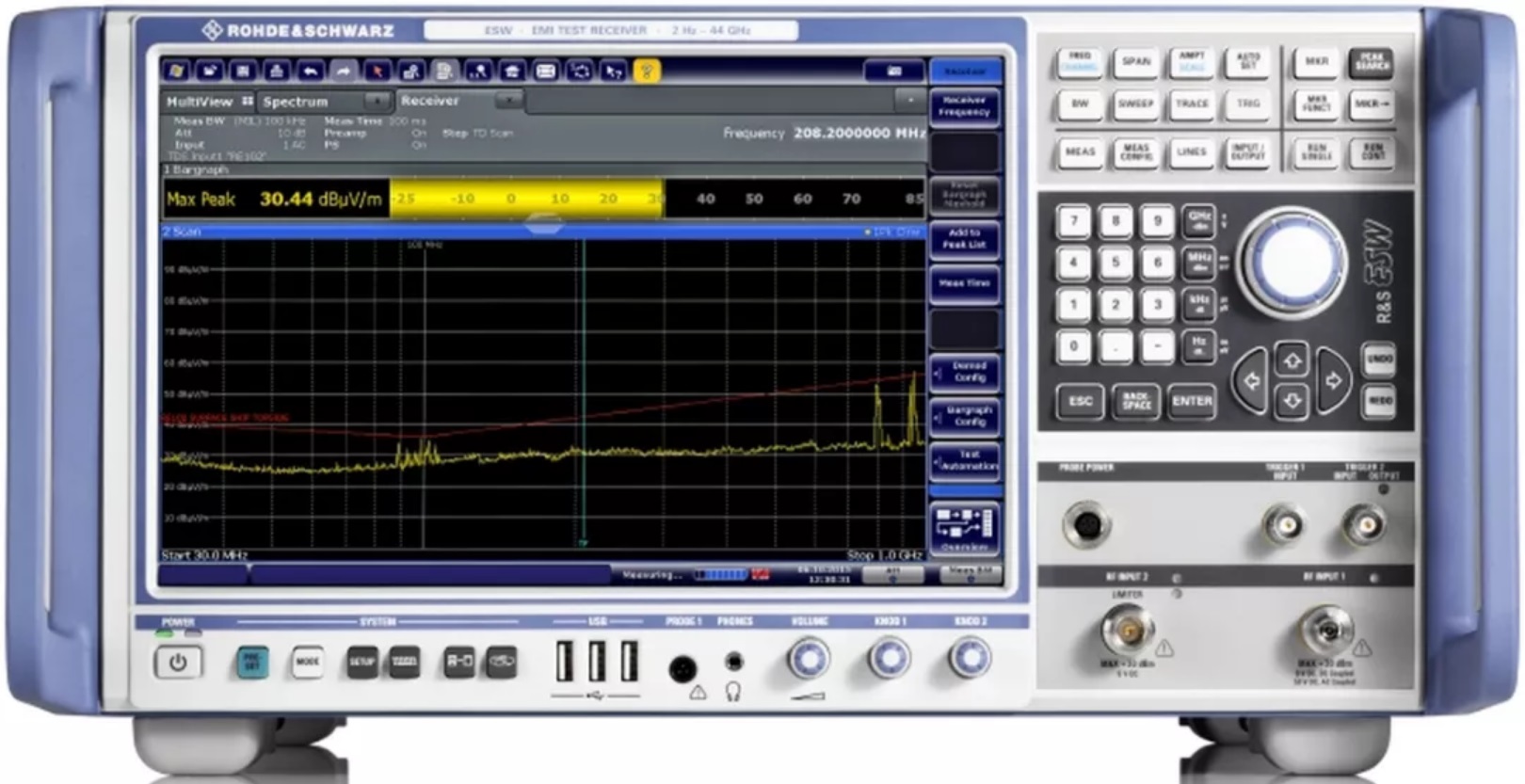
Network Analyzer
The "network" of network analysis refers to radio frequency circuits and radio frequency signal channels, including radio frequency and microwave circuits, composed of signal channels and components, including various circuit components, and should not be confused with IT networks and power networks.
The basic function is circuit parameter analysis, analysis of S parameters (scattering parameters), analysis of signal (electromagnetic wave) transmission and reflection parameters in the network, commonly used parameter formats: amplitude (loss, gain, standing wave...), phase, delay, impedance .
Network analyzers are divided into two types: vector and scalar. Vector-network parameters that contain all information such as amplitude and phase, and scalar-does not contain information such as phase and delay.
Features of high-end vector network analyzer:
High-precision vector S-parameter measurement (gain, insertion loss, standing wave, phase, delay...)
Optional spectrum analyzer optional built-in spectrum analyzer function
Time domain measurement
Frequency conversion vector measurement
Coherent signal generation and adjustment
Variable frequency group delay test
Antenna test
Built-in pulse source and modulator for pulse test
True differential test
Noise figure measurement
De-embedding calibration
External control expansion module for THz measurement
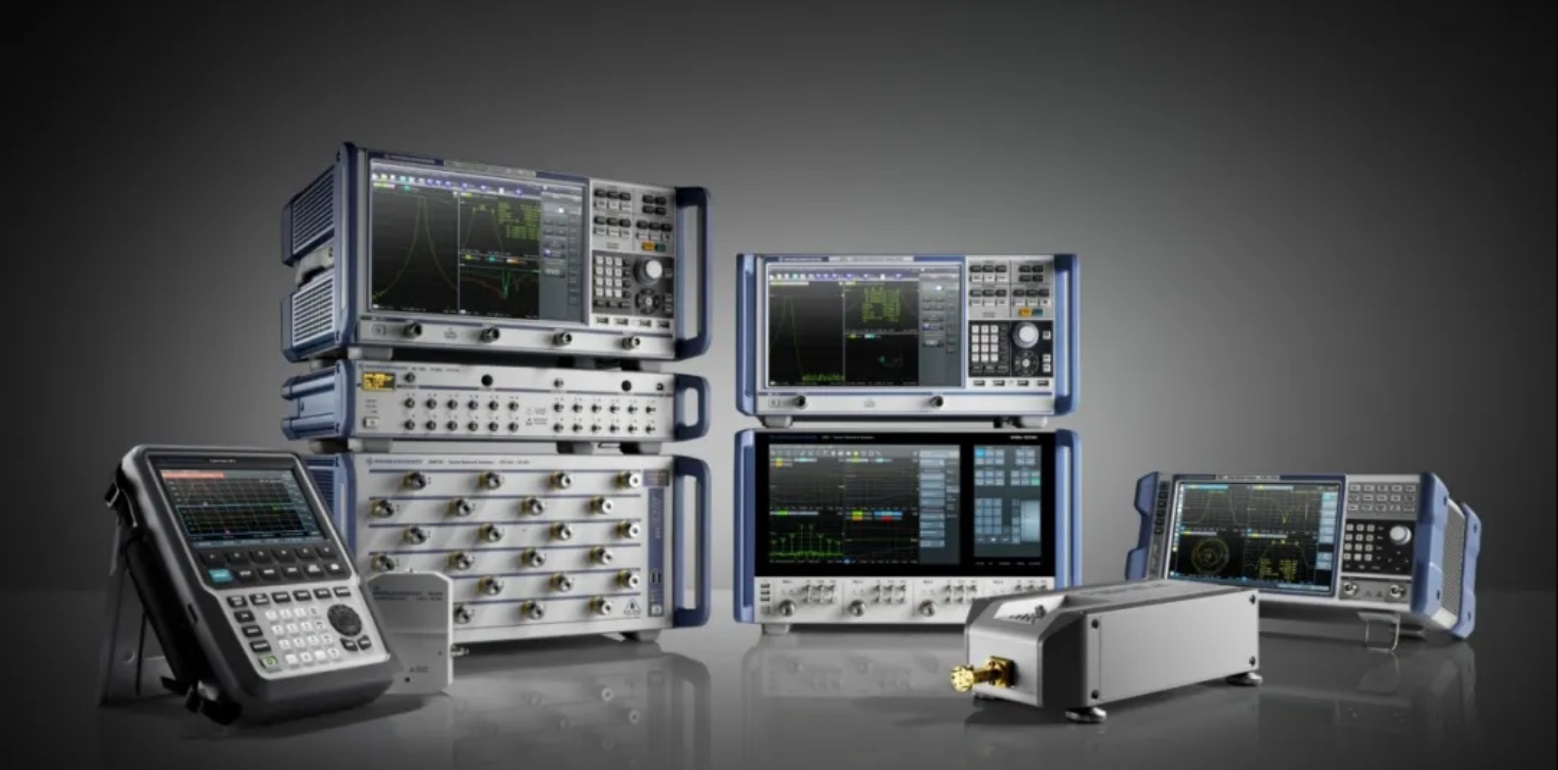
Oscilloscope
An oscilloscope is a device that analyzes signal waveforms in the time domain. ADC level resolution and test bandwidth are the main parameters that distinguish the grade level of the oscilloscope.
Professional top oscilloscope: the maximum bandwidth exceeds 6GHz
Professional oscilloscope: maximum bandwidth up to 6GHz
General purpose oscilloscope: maximum bandwidth up to 1GHz
Economical oscilloscope: bandwidth < 500MHz
Handheld oscilloscope
Its application range is very wide:
Signal waveform analysis
Signal integrity analysis
Multi-channel amplitude and phase measurement
Multi-channel FFT spectrum analysis
Bus protocol analysis
Jitter analysis
Time domain reflectance TDR measurement
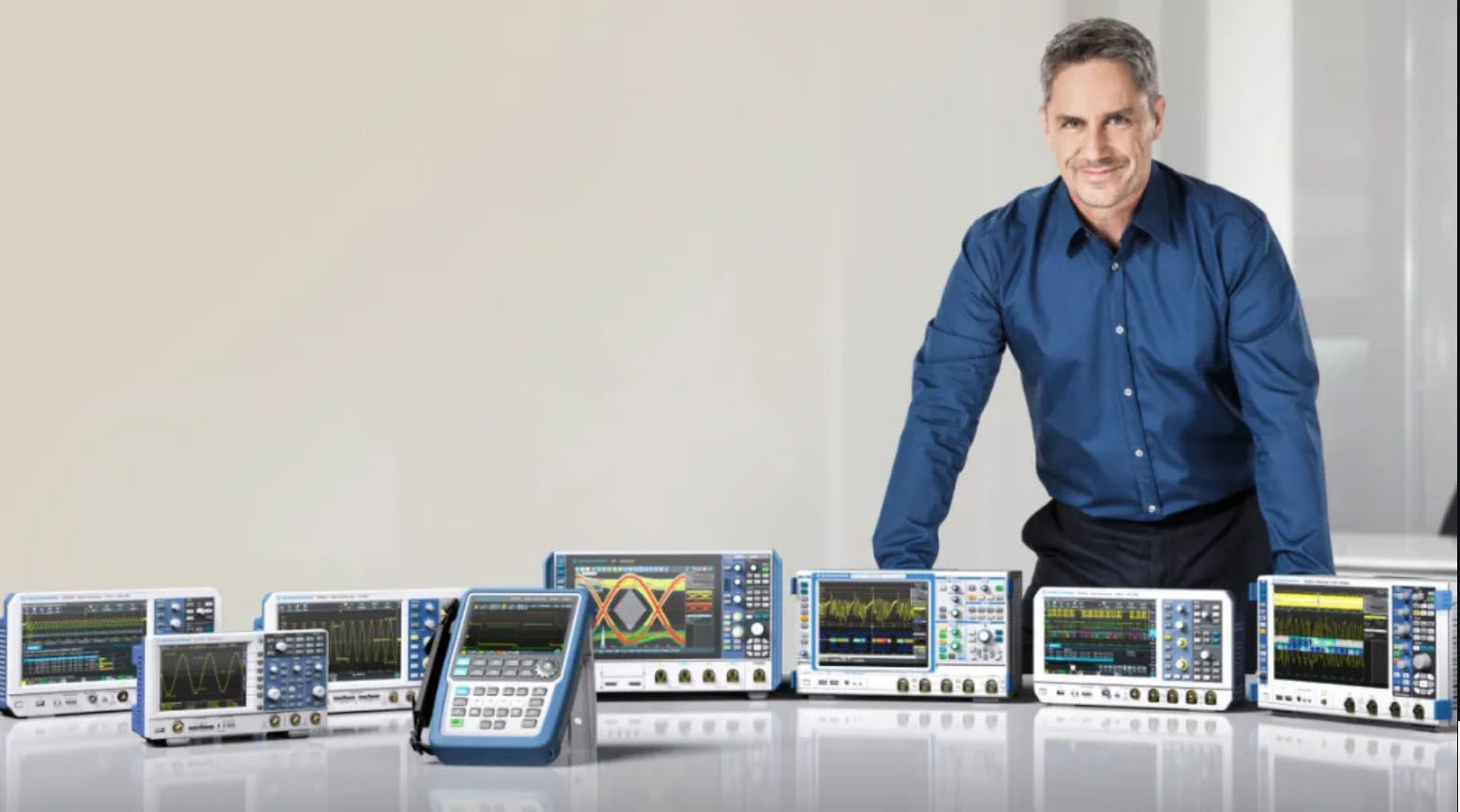
Signal generator
A signal generator is also called a signal source, which is an instrument and equipment that generates radio frequency microwave signals and various modulated signals.
Analog signal source: can generate analog modulation signal
Modulation: AM/FM/PM and pulse modulation
Top microwave analog source: ultra-low phase noise and noise
Universal analog source
Vector signal source: can generate vector and digital modulation signals
Top microwave vector source
Frequency up to 44GHz, modulation bandwidth up to 2GHz
Ultra low phase noise
Various types of mobile communication signals that can generate 3Gpp specifications
Generate and simulate GNSS navigation
Can fading and noise simulation
Generate and simulate radars and targets
Generate and configure MIMO signals
Universal vector source
Frequency up to 6GHz, modulation bandwidth up to 500MHz
Economical vector source
Frequency up to 7.5GHz, modulation bandwidth up to 240MHz
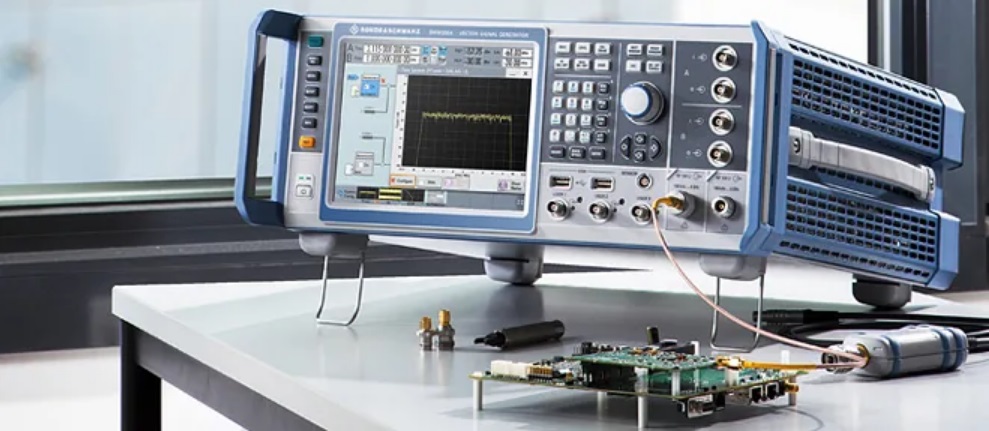
Power meter
The power meter is the standard equipment for radio frequency signal power measurement. The power meter cannot distinguish the signal frequency and measure the total power within the working bandwidth.
The core equipment of the power meter is a power sensor, also called a power probe or a power base. Modern power sensors are integrated with measurement and data processing devices. The host of the power meter is not necessary. It can be directly connected to computers, mobile phones, instruments, etc. to complete power measurement .
Power sensor classification:
The pyroelectric sensor has the highest accuracy, the frequency range can reach 110GHz, and the dynamic range is low, usually -50~+20dBm
General sensor, usually multi-channel diode technology, frequency range up to 67GHz, high dynamic range, usually -70~+20dBm
Broadband sensor, usually used to measure the peak value and average power of narrow pulse signals, as well as pulse width, rising and falling edge time and period, etc.
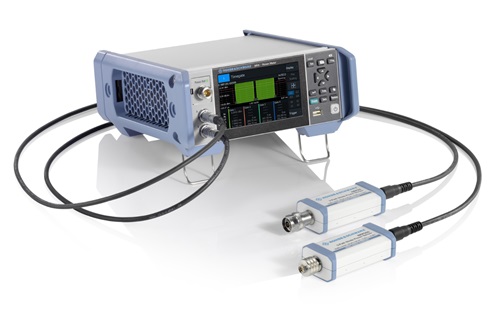
Low frequency measuring instrument
Multi-function tester:
Measurement: voltage, current, resistance, capacitance
LCR tester
Impedance measurement: resistance, capacitance, inductance

DC power supply
Function of DC power supply:
The basic function is to provide a stable and pure DC power supply
Set voltage source or current source
Power analysis measurement function, monitor output voltage and current
High-speed analysis, acquisition and recording of output voltage, current, and power changes
Output voltage waveform editing
Load change fast recovery function
Pulse power setting
Performance of DC power supply:
Power output ripple and noise
Output voltage range and power range
